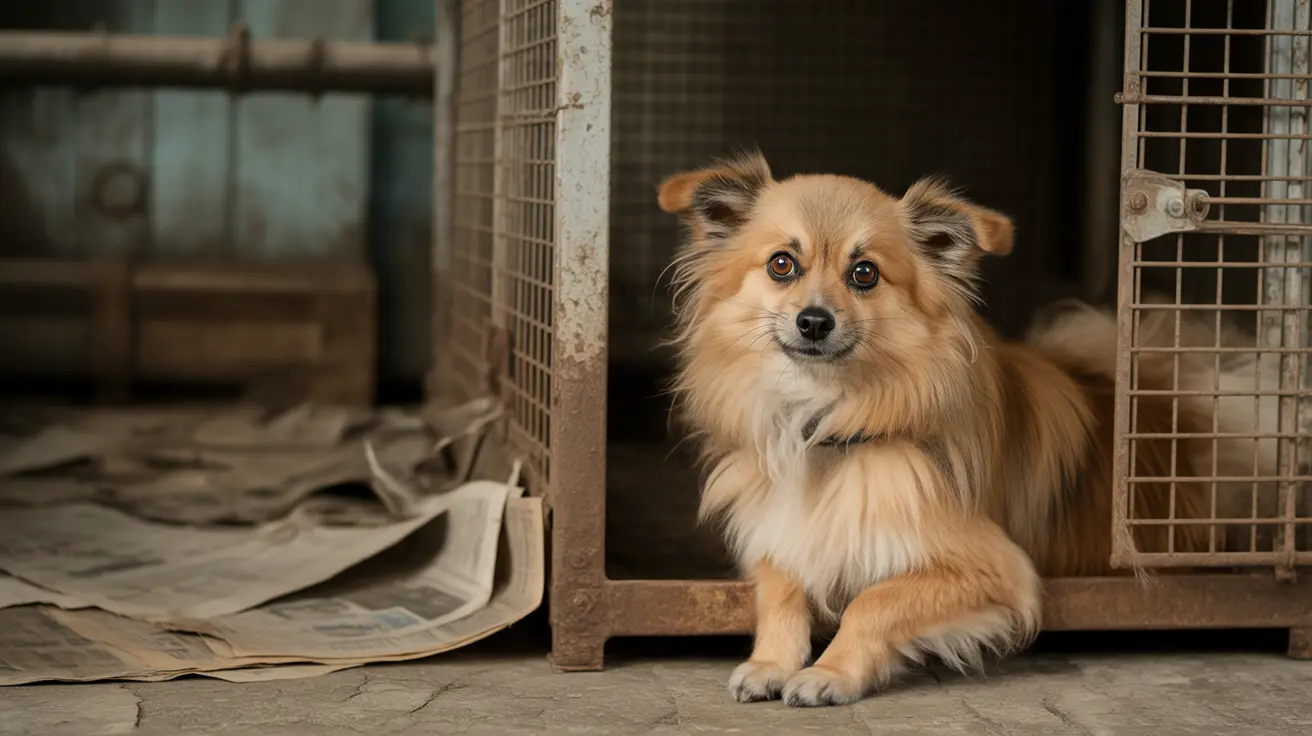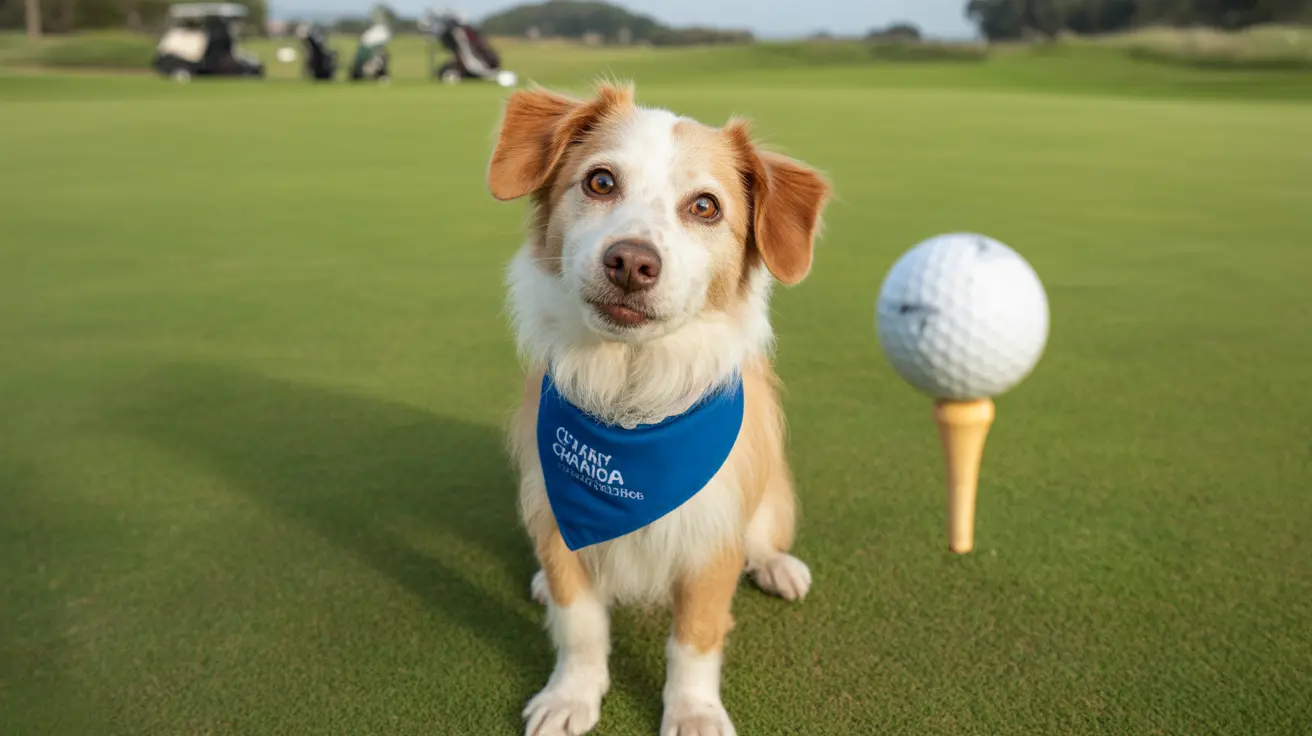Discovering your dog has a nose bleed from one side can be alarming for any pet owner. While seeing blood drip from your dog's nostril is distressing, understanding the causes and knowing how to respond can help you provide the best care for your furry friend. This comprehensive guide will explore why dogs experience one-sided nose bleeds, what you should do about them, and when to seek veterinary care.
Common Causes of One-Sided Dog Nose Bleeds
When a dog experiences a nose bleed from one side (unilateral epistaxis), several potential causes could be responsible:
Physical Trauma and Injuries
The most common cause of a one-sided nose bleed is physical trauma. This can occur during rough play, accidents, or when dogs run into objects. Even seemingly minor impacts can damage the delicate blood vessels inside the nasal cavity.
Foreign Objects
Dogs are naturally curious, and their noses often lead them into trouble. Grass awns, foxtails, or small objects can become lodged in one nasal passage, causing irritation and bleeding. These foreign bodies require prompt removal to prevent further complications.
Dental Problems
Surprisingly, dental issues can cause nose bleeds. Upper tooth root infections, particularly involving the fourth premolar, can create a direct pathway to the nasal cavity, resulting in bleeding from the affected side.
Medical Conditions That Cause One-Sided Bleeding
Infections and Inflammation
Bacterial or fungal infections localized to one side of the nasal cavity can cause bleeding. These infections may be accompanied by other symptoms like discharge or sneezing.
Tumors and Growths
Both benign and malignant tumors in the nasal passage can cause persistent bleeding. These typically affect older dogs and require immediate veterinary attention for proper diagnosis and treatment.
First Aid and Treatment Options
If your dog experiences a nose bleed from one side, follow these immediate steps:
- Keep your dog calm and quiet to prevent increased blood flow
- Apply a cold compress to the bridge of the nose
- Contact your veterinarian for guidance
- Monitor the duration and severity of bleeding
When to Seek Emergency Care
Certain situations require immediate veterinary attention:
- Bleeding that continues for more than 30 minutes
- Signs of difficulty breathing
- Excessive blood loss or weakness
- Additional concerning symptoms like lethargy or pale gums
Prevention Strategies
While not all nose bleeds are preventable, you can reduce the risk by:
- Regular veterinary check-ups, including dental examinations
- Supervising outdoor activities to prevent foreign object inhalation
- Maintaining a safe home environment to minimize trauma risk
- Being aware of breed-specific predispositions to bleeding disorders
Frequently Asked Questions
Why does my dog have a nose bleed from only one side?
One-sided nose bleeds typically indicate a localized issue such as trauma, foreign objects, infections, or tumors affecting that specific nasal passage. The exact cause requires veterinary diagnosis.
How can I stop a one-sided nose bleed in my dog at home?
Apply gentle pressure with a cold compress to the bridge of the nose, keep your dog calm, and contact your veterinarian. Avoid inserting anything into the nostril or administering medications without veterinary guidance.
What are the most common causes of a dog nose bleed from one nostril?
The most common causes include physical trauma, foreign bodies, local infections, dental problems, and nasal tumors. Each requires different treatment approaches.
How can I prevent my dog from getting a nose bleed due to foreign objects or trauma?
Supervise outdoor activities, keep your yard free of dangerous objects, and prevent rough play. Regular veterinary check-ups can help identify potential issues early.
What should I do if my dog experiences recurring nose bleeds from one side?
Recurring nose bleeds require veterinary investigation to determine the underlying cause. Keep a record of when bleeds occur and any accompanying symptoms to help with diagnosis.
Remember, while one-sided nose bleeds in dogs can be concerning, most causes are treatable with proper veterinary care. Always err on the side of caution and consult your veterinarian when your dog experiences any unusual bleeding.






